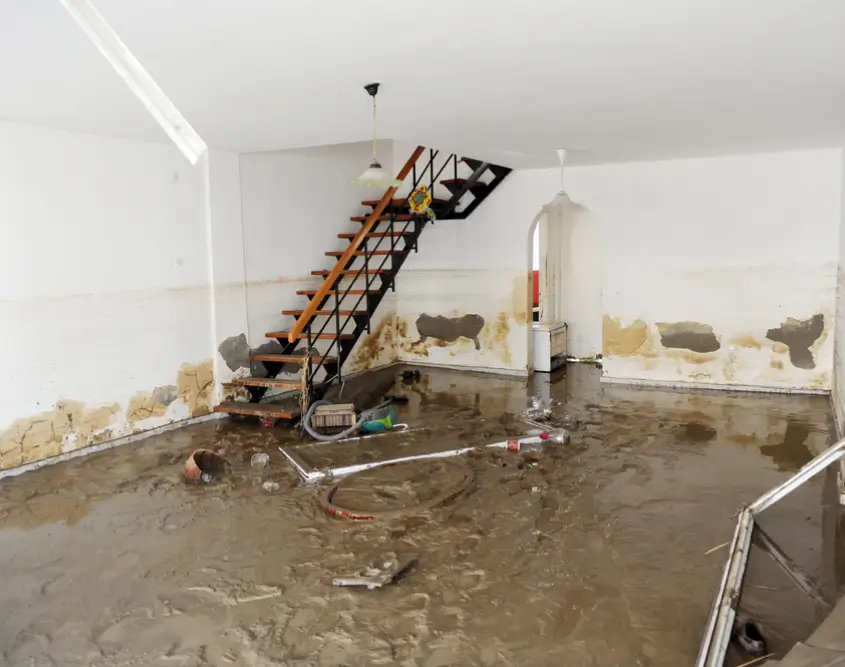Recovering from natural disasters is easier said than done. However, you must be brave and take the necessary actions to ensure your business is back on track.
You can minimise business interruptions after a flood with timely action and proper planning. Here are some crucial steps to help you navigate the challenges and steps you should take after a flood.
Immediate Response
Ensure the immediate safety of those directly involved and call flood response specialists. Make sure to evacuate from the affected area and that emergency services are contacted promptly.
Make sure no one attempts to re-enter the premises until it has been deemed safe to do so. If anyone is stuck inside the premises, make sure to call relevant help and recover them as soon as possible. Once you think every life is saved, you can think about the next steps.
Recovery Essentials
You have to focus on recovering all the documents that are related to your business growth. Make sure to pick up the papers that consist of designs, plans, strategies, etc., and make sure to take insurance papers and records related to your business.
Review your insurance policy to understand the extent of coverage for flood-related damages. Contact your insurance provider immediately and initiate the claims process. Keep detailed records of all communications with the insurance company for future reference.
After that, focus on developing a comprehensive recovery plan that outlines the steps needed to restore normal business operations. Assign responsibilities to team members to ensure a coordinated and efficient recovery process. Take help from as many as possible so that you are back on track.
Employee care
Addressing the needs of affected employees and keeping open communication in the months after the flood damage is necessary to keep your employees welcome to work in your business.
Support and reassure your employees during this challenging time. Offer counselling services, if necessary, and provide regular updates on the progress of the recovery efforts. Consider flexible work arrangements to accommodate any personal challenges they may be facing due to the flood.
More tips to follow:
- If the primary business location is not operational, secure temporary facilities to resume business activities. This could involve setting up a temporary office space or utilising remote working arrangements to ensure minimal disruption to essential operations.
- Assess the financial impact of the interruption and explore options to maintain cash flow during the recovery phase. This may involve tapping into emergency funds, negotiating with creditors, or applying for government assistance programs aimed at supporting businesses affected by natural disasters.
- Take immediate measures to prevent further damage to the property and equipment. This may involve halting the water source, drying out the affected areas, and salvaging undamaged inventory or equipment. Swift action can prevent secondary issues like mould growth or structural deterioration.
- It’s also important to focus on your health and mind during difficult times. Keep your family close and take their suggestions so that you can simplify the work in business. Eat properly and rest on time so that you have enough energy to tackle difficult situations in the office.
- You have to understand that the damage that occurs by natural disasters like floods is only temporary, and you can get back to your business game once you cross the obstacles. Always make sure that you have insurance policies that are active to protect you from natural mishaps.
- Once the business is back on its feet, implement preventive measures to minimise the risk of future flood-related disruptions. This may include investing in flood-resistant infrastructure, implementing early warning systems, and creating comprehensive disaster preparedness plans.
Conclusion
Navigating through flood attacks and minimising business interruption is a challenging task that requires a strategic and resilient approach. By prioritising safety, effective communication, and swift action, your business can recover from flood damage and emerge stronger from the experience. Remember, resilience is not just about recovering from setbacks; it's about using the negative situation as an opportunity to build a more robust and prepared business for the future.









Social Profile